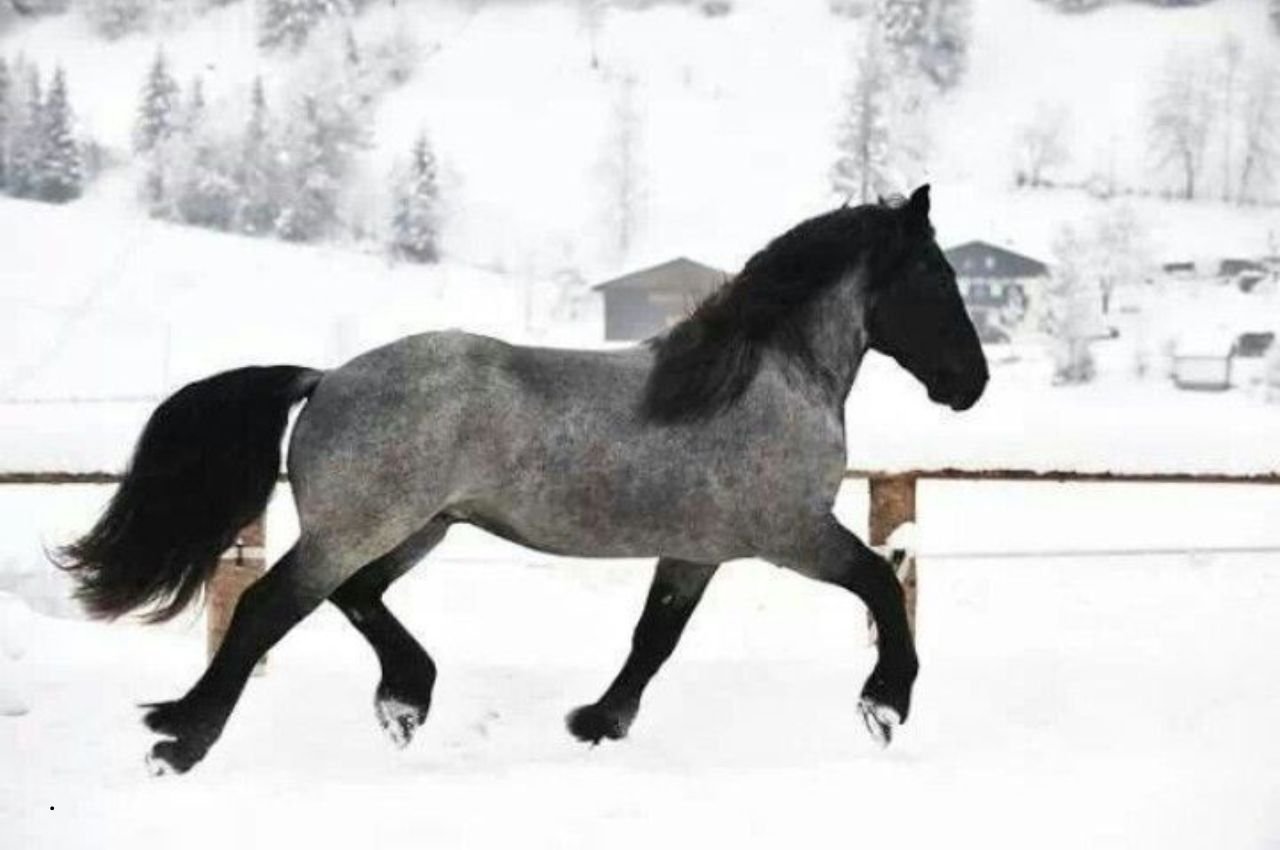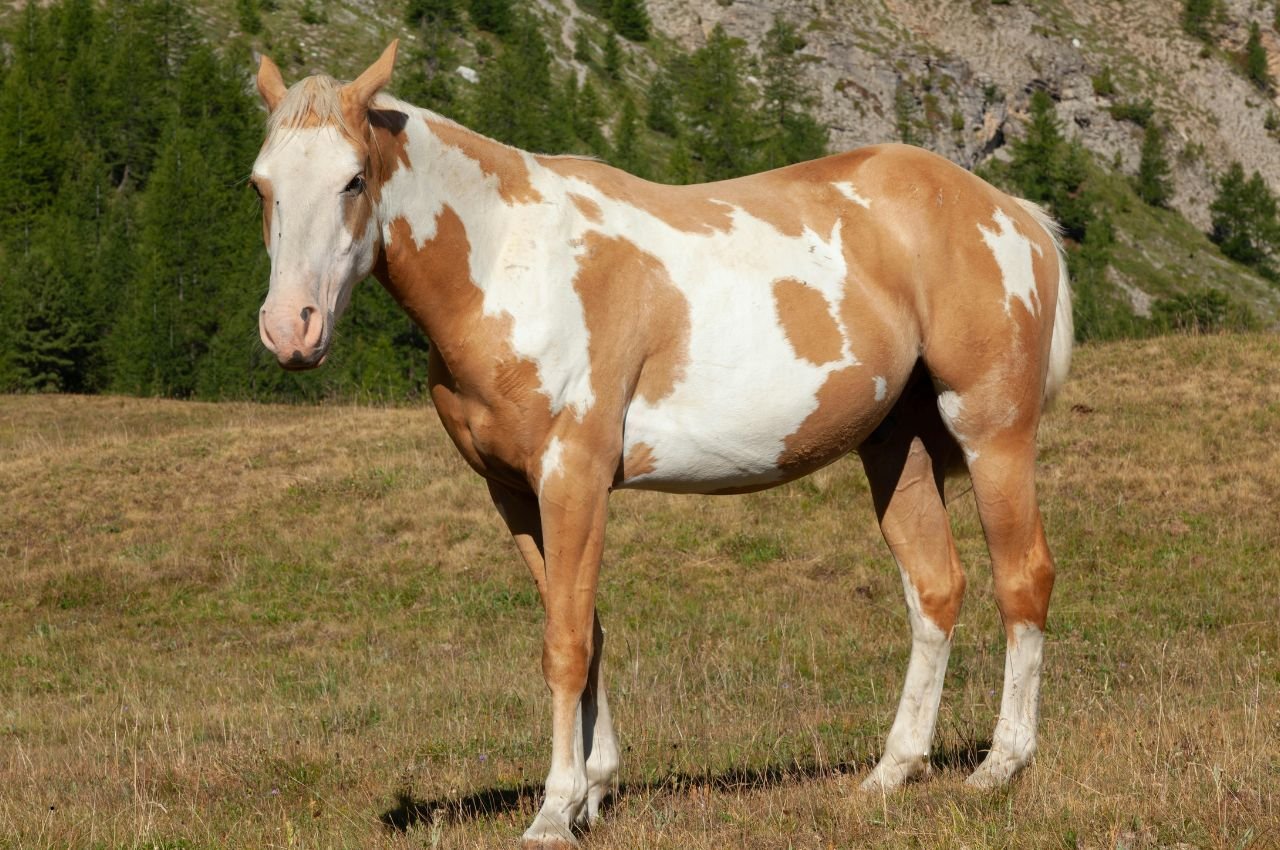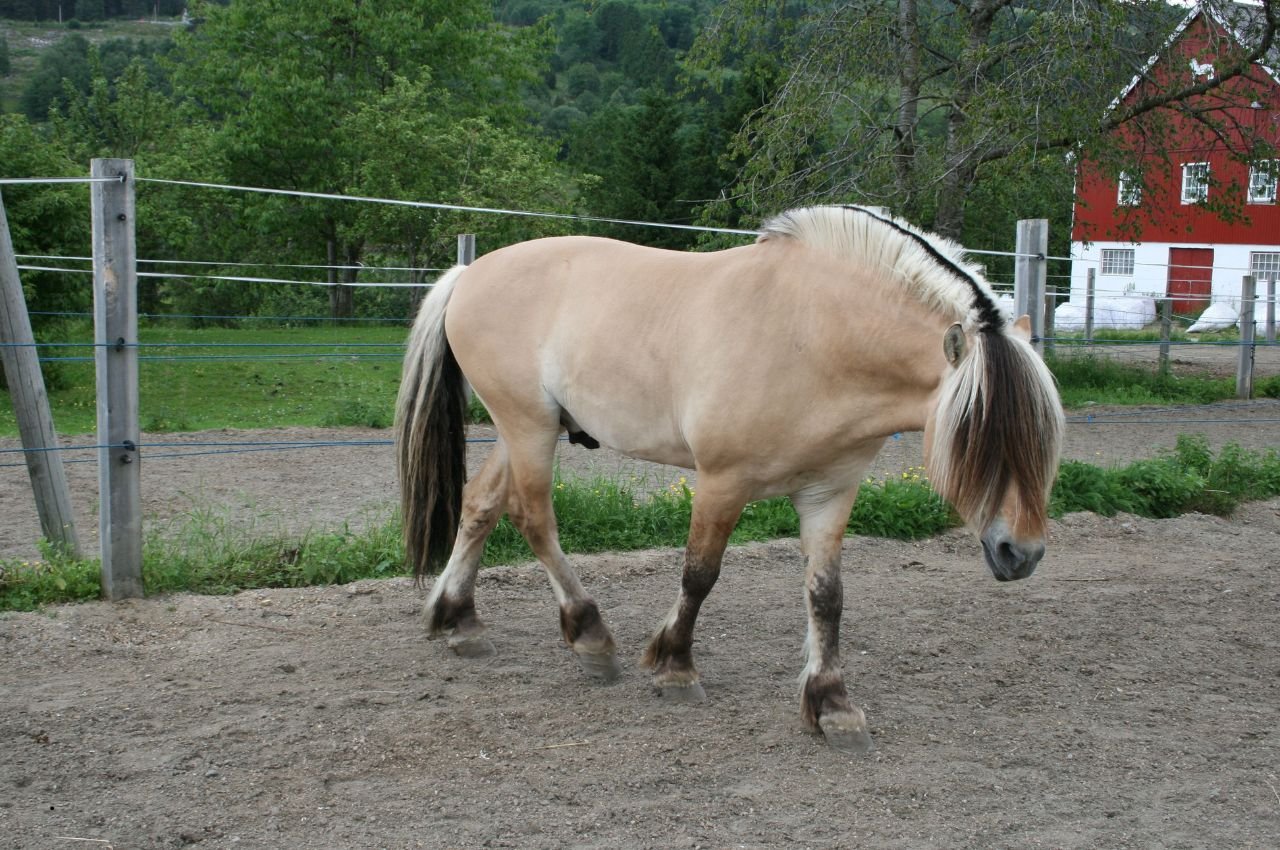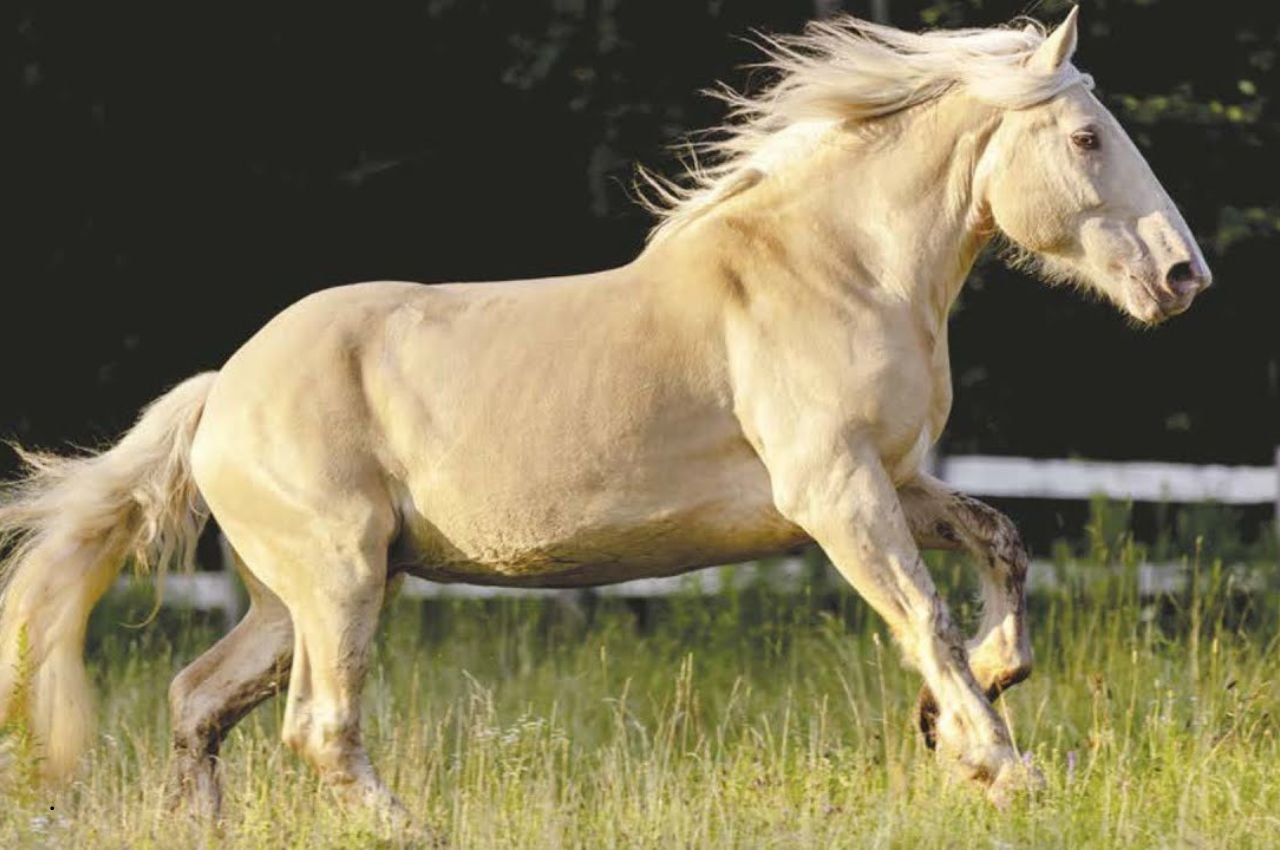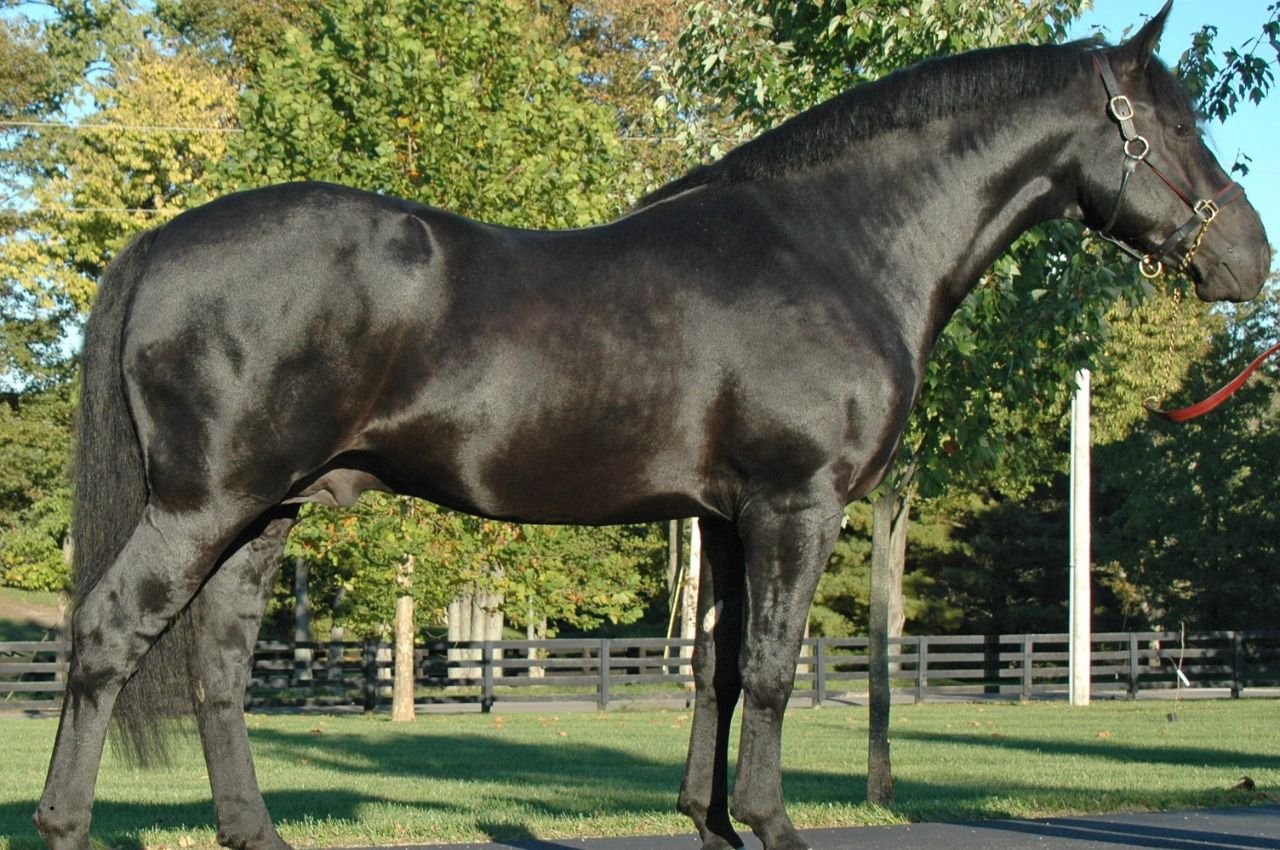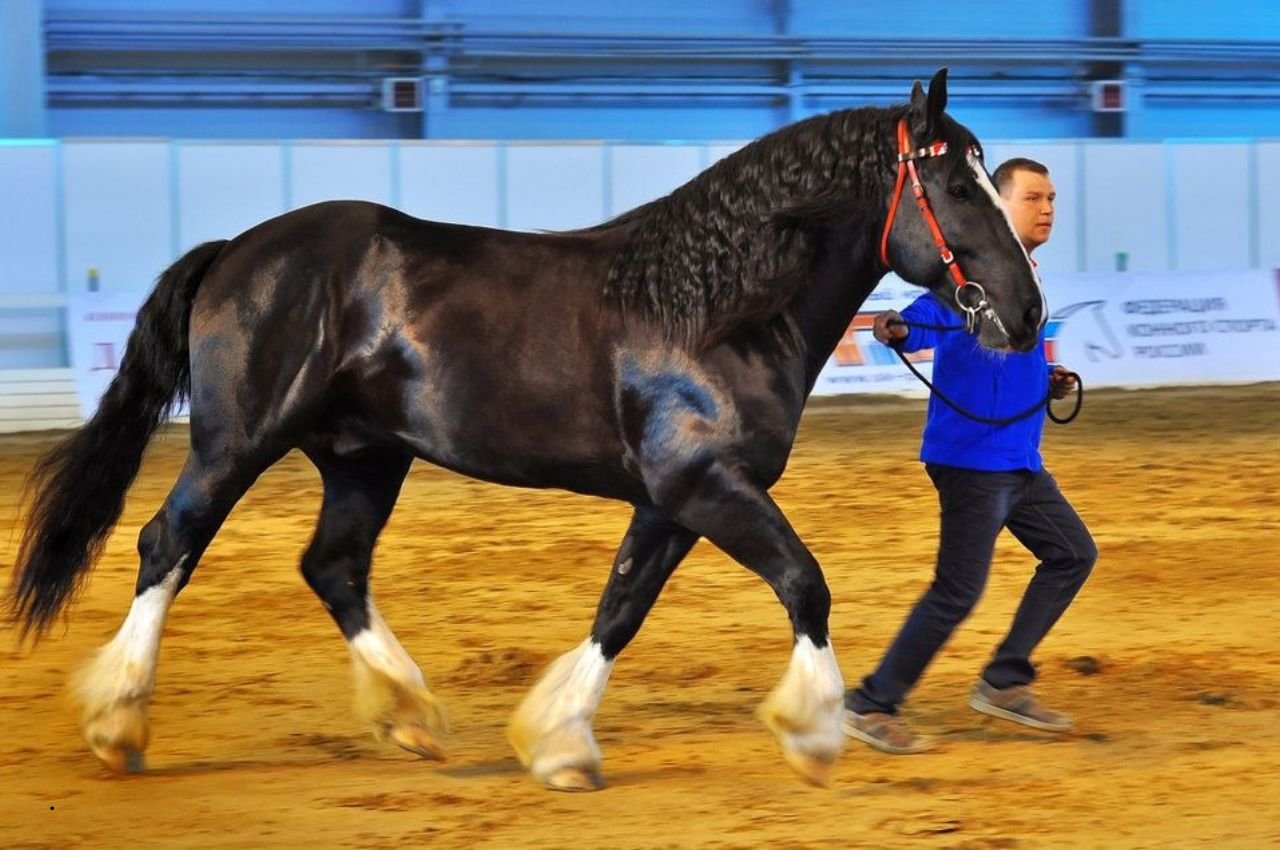Proper horse hoof care is essential for maintaining your horse’s overall health and soundness. The hooves are the foundation of your horse’s body, supporting every step they take. Whether your horse is used for competitive riding, leisure walks, or even just for companionship, keeping their hooves healthy is crucial. Neglecting hoof care can lead to severe issues, including lameness, hoof abscesses, thrush, and hoof cracks—all of which can significantly impact your horse’s well-being.
In this detailed guide, we’ll explore five expert tips for stronger, healthier hooves that will help your horse stay comfortable and sound throughout their life. Let’s dive into what’s required for optimal hoof care.
Table of Contents
Regular Hoof Trimming and Shoeing
One of the most fundamental aspects of horse hoof care is regular trimming. A horse’s hooves grow constantly, and if they aren’t maintained, they can become unbalanced, overgrown, and prone to injury. Hoof trimming should be done every 6-8 weeks, depending on how quickly your horse’s hooves grow and their level of activity.
Why is Trimming Important?
Regular trimming ensures that the hooves are even, maintain correct balance, and continue to grow in a healthy direction. A professional farrier will trim and shape the hooves to ensure that the horse’s posture, movement, and gait are not compromised. Untrimmed hooves can lead to abnormal wear patterns, excessive pressure on joints, and even permanent damage to the hooves or bones.
When to Use Horseshoes?
Shoeing is often necessary for horses that work on hard or abrasive surfaces, or for those that need extra support. Hooves exposed to hard ground can wear down more quickly, while soft hooves might require shoes to protect them from damage. A farrier will assess whether your horse requires shoes based on their activity, hoof condition, and any injuries or issues they may have.
- Tip: Always work with a qualified farrier who knows your horse’s individual needs and activities.
Provide a Balanced Diet
A horse’s nutrition plays a vital role in the health of their hooves. A balanced diet that is rich in essential nutrients promotes strong, resilient hooves. Specific nutrients like biotin, zinc, copper, and protein are especially important for hoof growth and integrity. Horses on poor diets or those lacking in these nutrients may develop weak or brittle hooves, which are more prone to cracks and injury.
Key Nutrients for Hoof Health
- Biotin: Biotin is one of the most commonly recommended supplements for horses with hoof problems. It supports the production of keratin, the protein that makes up the hoof wall. Biotin is essential for hoof growth and strength.
- Protein: Adequate protein intake is crucial for hoof development. Horses need a balanced diet with sufficient amino acids and protein to support cellular regeneration in the hooves.
- Zinc and Copper: These two minerals are essential for the production of healthy connective tissues, which include the hooves. They also play a role in maintaining skin integrity and helping fight infections.
- Omega-3 Fatty Acids: These are crucial for reducing inflammation and promoting healthy circulation to the hooves, which is vital for overall hoof health.
Tip: Ensure your horse’s diet is well-balanced and consult with an equine nutritionist if you suspect that their hooves are suffering from nutritional deficiencies.
Keep Hooves Clean and Dry
Clean hooves are the foundation of good hoof health. Dirt, debris, and manure that are left trapped in the hooves can cause infections and conditions like thrush, abscesses, and fungal infections. Hoof cleaning is an easy yet essential part of daily hoof care.
How to Clean Your Horse’s Hooves
- Pick the Hooves: Use a hoof pick to remove any dirt, rocks, and debris from inside the hoof, especially the frog (the V-shaped part on the underside of the hoof) and the sole.
- Inspect the Hooves: While cleaning, check for signs of injury, cracks, or infection. If your horse has been walking on wet or muddy ground, ensure the hooves are thoroughly dried.
- Maintain Dryness: Horses’ hooves thrive in dry conditions, so if your horse has been in the mud, ensure that their hooves are properly dried to avoid conditions like thrush, which thrives in moist, dirty environments.
Tip: Clean your horse’s hooves daily, especially if they are kept in a stall. This helps remove debris and prevents buildup that could lead to infections.
Monitor for Common Hoof Conditions
Regular hoof inspections will allow you to detect potential problems early. Some of the most common hoof issues include:
- Thrush: A bacterial infection that occurs in the moist areas of the hoof, especially in the frog. It results in a foul odor and can cause discomfort and pain. Thrush is often caused by wet, dirty conditions.
- Laminitis: Inflammation of the laminae inside the hoof, which can lead to severe pain and permanent damage. It can be caused by an improper diet, sudden weight gain, or metabolic disorders.
- Abscesses: A painful condition where a pocket of pus forms inside the hoof, usually caused by bacteria entering through a small injury or crack.
- Cracks: Hoof cracks can develop from trauma, poor trimming, or environmental factors like wet and dry conditions.
Tip: If you notice your horse limping, favoring one leg, or displaying signs of pain (such as stamping or pawing), consult your farrier or vet immediately. Early intervention can help prevent more serious conditions.
Provide Hoof Protection for Work or Travel
When your horse is working on rough or hard surfaces, or when traveling, hoof protection becomes essential. While barefoot horses can often handle light work on soft ground, they may require hoof boots for additional support on rocky or hard terrain.
Hoof Boots:
Hoof boots are designed to be worn temporarily, providing protection when your horse is working on abrasive surfaces or traveling long distances. They are especially useful for horses that don’t wear shoes but need extra protection from rocky or hard ground.
Corrective Shoeing:
If your horse has any imbalances or deformities in their hooves, corrective shoeing can help redistribute weight and improve their gait. Your farrier can suggest corrective shoes or pads to address these issues.
Tip: Always consult with your farrier about the best hoof protection options for your horse, especially if they will be working in more demanding conditions.
FAQs About Horse Hoof Care
How often should I clean my horse’s hooves?
You should clean your horse’s hooves daily, especially if they are kept in a stall. If your horse is kept in a paddock or field with clean, dry ground, you may be able to clean them every other day.
How can I tell if my horse has laminitis?
Common signs of laminitis include lameness, especially in the front hooves, heat in the hooves, and a rocking back stance to relieve pain. If you notice any of these symptoms, consult your vet immediately.
What should I do if I find a crack in my horse’s hoof?
If you find a crack, assess its severity. Minor cracks may not require immediate intervention, but you should monitor them. If the crack extends deep into the hoof or causes pain, contact your farrier or veterinarian for advice.
Should my horse wear shoes all the time?
Not necessarily. Many horses can remain barefoot, especially those on softer ground or with minimal activity. However, horses that are frequently worked on hard surfaces or have special needs may require shoes for protection and support.
How can I improve my horse’s hoof health?
A well-balanced diet, regular hoof trimming, daily cleaning, and proper protection are key to maintaining strong hooves. Also, ensure that your horse has access to clean, dry conditions to prevent infections like thrush.
Prioritize Horse Hoof Care
Good horse hoof care is more than just a routine task—it’s essential for your horse’s long-term comfort and soundness. By following these five tips—regular trimming and shoeing, a balanced diet, clean hooves, monitoring for conditions, and using hoof protection—you can ensure your horse remains strong, healthy, and free from painful hoof problems.
Don’t overlook your horse’s hooves; with proper care, they will stay healthy, and your horse will enjoy a long, active life. If in doubt, always consult a professional farrier or vet to ensure your horse gets the best care possible.


